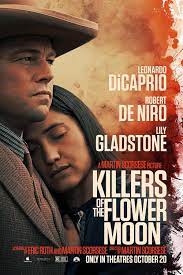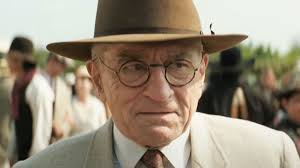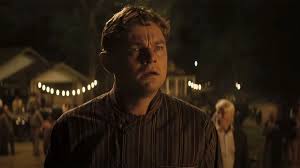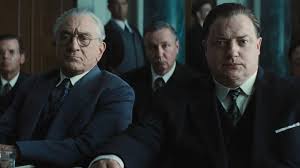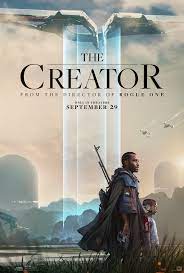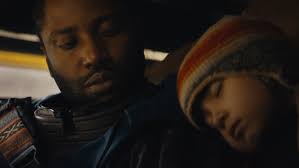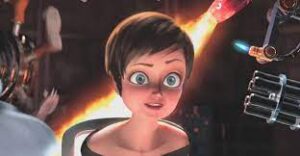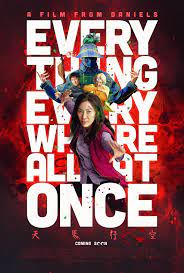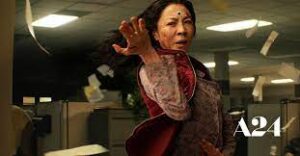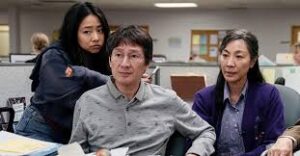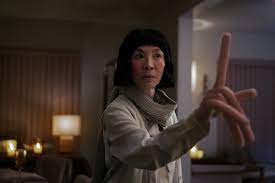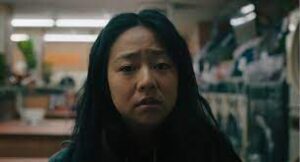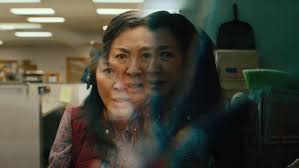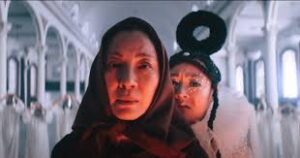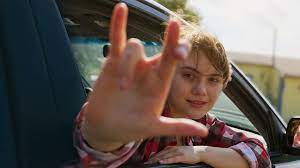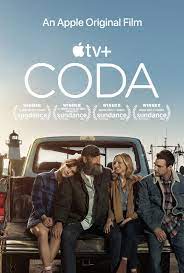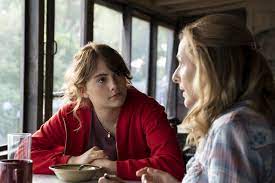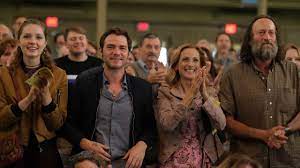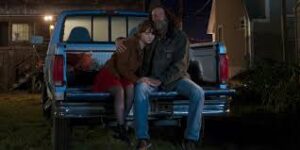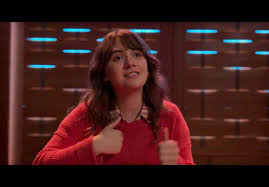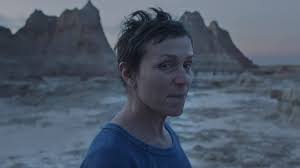There has been a lot of negative news whirling around about the animation industry lately. Whether it’s about layoffs at Netflix or unreleased projects from Warner Bros. and HBO MAX or unmet box office expectations by even the likes of PIXAR, there seems to a ton of turbulence surrounding the world of animation. I have worked in the animation industry for over 20 years, and I have survived its ebbs and flows. Times like these are nothing new, and to be honest, we’ve survived times that have been a lot worse.
Words like that can be cold comfort, however, if you’ve just lost your job or if you’re trying to break into an industry that from the outside feels like it’s retracting. But here is one of the great things about working in the animation industry. There is always a place for someone willing to think outside the box. There are opportunities in animation across multiple platforms that simply don’t exist in live action.
Do you want to work in features? There have never been more studios involved in making feature animation. Of course, there are the giants like Disney/PIXAR, DreamWorks, and Illumination. But Netflix is still making features, despite its recent layoffs. Paramount and Nickelodeon are together and making features. If stop-motion is your thing, Laika has built a successful model as well. And there are plenty of smaller shops that are making features and creating beautiful work.
TV animation is also booming. The aforementioned Disney, DreamWorks, Nickelodeon, and Netflix all have robust TV animation divisions that are creating a wide variety of content with tons of opportunities for artists and production alike.
Then there is the world of video games, which only really exists in animation. The video game branch might be the most volatile, but there are a lot of incredible opportunities to create animation there that you won’t get anywhere else.

Then, of course, there is VFX. It’s another volatile branch of the industry, but it offers different opportunities. When you work on an animated feature or TV show, you will likely be on the same project for multiple years. Most VFX projects only last a few months, so when someone working on a feature gets one credit, a person in VFX could have earned a half dozen more credits because she had the opportunity to work on so many more projects.
Tom Sito is on the faculty at the John Hench Division of Animation and Digital Arts at the University of Southern California School of Cinematic Arts. He has been entrenched in the animation industry since the 1970s and he has worked as an animator and storyboard artist at studios such as Filmation, Walt Disney Feature Animation, and DreamWorks Animation, among others. His credit list is expansive and includes He-Man and the Masters of the Universe, Who Framed Roger Rabbit, The Little Mermaid, Beauty and the Beast, Aladdin, The Prince of Egypt, and Shrek. Sito was also head of the Animation Guild for several years, and he has written several books on the history and the processes of animation. It is safe to say that Tom Sito has forgotten more about animation than most of the rest of us will ever know.
I contacted him recently, and I asked him what his thoughts were on the overall health of the animation industry.
“I think the animation industry is in excellent health,” he told me. “All during the COVID lockdown, when Hollywood struggled to do films, animation boomed. The Netflix and HBO Max things are temporary aberrations. By Christmas, all the hubbub will be forgotten.”
And you know what? He’s absolutely right. I was working on a giant VFX project when the pandemic started, and I missed a grand total of 2 days of work (that I still got paid for). Most of the team missed about a week while the company set everyone up to work from home. With very few glitches, we were up and running at full speed after a couple of weeks and none of us missed a single paycheck.
And I’m not the only one. Most of the people that I know in animation worked steadily all the way through the pandemic. That is one of the beautiful things about the current model for making animated films and television is that it is conducive to the work-from-home model. Most artists these days are working from a computer. The digital age in which we live allows for collaboration to happen online over secure networks using tools like Zoom, Blue Jeans, Slack, and others.

I followed up with Sito asking him where he thought the most opportunity was these days. In his opinion, was it in features or TV or VFX?
“The great thing about animation now is when one division is slowing, another is picking up. So if features are slow, TV is hot. If that is not happening, games are booming. Game budgets are now the equivalent of a feature film. If games aren’t happening, streaming. Or visual effects. Or Commercials. I have an animator friend who animated at Disney feature, then went to Electronic Arts, and now is on the Simpsons. When I started in the 70s, those kinds of shifts were not possible.”
Again, I understand that this might all be difficult to read if you’ve just been laid off and your phone isn’t ringing off the hook with offers for new opportunities. I can tell you that I know how you feel. I have been laid off multiple times, and more than once I had to go several months before landing my next job. It can be hard. It can be terrifying, especially if you have a family to support. And the longer it goes, the less likely it feels like you will ever land a job. I have had those feelings myself. I know them well.
But I have always found another job because the fact of the matter is, there are always jobs out there in animation if you know where to look. Another question I asked Sito was what advice he would give to someone who has just experienced a layoff and is struggling to land that next gig. The advice he gives is both sound and practical.
“Realize it’s no tragedy,” he said. “Just the end of an inning in a baseball game. I got laid off plenty of times. Every studio that was a power in Hollywood when I first arrived in 1982 is now dead and buried except Disney. But me and my fellow animators are all here and all working. After a layoff, take the time to revamp your portfolio (samples), have lunch with a few friends in other studios, and see what’s up. Don’t sit in your mom’s basement and sulk. Always keep one credit card clean for emergencies.”

The old adage of one door closing so another door can open sounds cliché, but it is also very true. When I was laid off from Universal after the completion of the Curious George feature, I landed at Sony three months later with an opportunity to work in TV animation, and I worked on two series for Sony, The Boondocks and The Spectacular Spider-man. Those three months were tough, especially when I interviewed for jobs that I didn’t get. But I ultimately landed a good job that lasted for two and a half years until I got laid off again. Less than two months later I was working at DreamWorks Animation where I lasted for eight years until Comcast bought the studio and I was laid off again. That layoff lasted the longest. I worked a couple of temp gigs but didn’t find full-time employment again until I landed with Lightstorm Entertainment almost a year later. I’m not going to lie. That was tough. But it ultimately worked out for me, and it gave me an opportunity to work on Avatar: The Way of Water for four years.
The point is that layoffs happen in this industry. The best way to handle them is to understand that fact and be prepared when they do come and use the time wisely. Again, this is a healthy industry, and just because you’ve been laid off from one studio doesn’t mean that there aren’t multiple other opportunities out there. Most recently, I was let go from Netflix back in May. But because I had done such a good job with Lightstorm, and they still have Avatar 3 to make, they welcomed me back with open arms (and a higher salary).
Finally, I asked Sito what advice he would give to someone just trying to break into the business, and I firmly believe this also applies to people who have been in the industry for years, if not decades. You have to play the long game. When I got into this business, my dream was to spend my entire career at Disney. That didn’t work out for me, but the blessing that came from that is the half dozen other places I’ve worked and the hundreds of talented people that I had the opportunity to meet and work with that I would never have had if I had stayed at Disney.

Says Sito: “This is the Hundred Years War, and you are in Year 1. There is plenty of time to succeed and fail.
“–Animation today is global. Don’t be afraid to relocate to do a job. If you want to stay at home in Toledo, you are in the wrong business. I’ve worked all over the world and had a great time.
“–The things you should look for are 1) Experience, 2) Reputation, 3) Money. In that order. Experience and Money are self-explanatory, but what I mean about reputation is credits on some big, well-known projects will open doors for you. Whatever I do for the rest of my life, I am known as a guy who animated on Roger Rabbit, Little Mermaid, Beauty and the Beast, Shrek, Prince of Egypt, and He-Man. Richard Williams called that your armor. You need to build up armor. Then people will seek you out instead of the other way around.
“–A lot of animation is based on personal contacts. I want to like and trust the artists I hire. So don’t lose touch with your animation buddies. They will be the ones to turn you on to new job opportunities more than any job site. Even working on a bad project, people are watching you. People that will go on to good projects. Do your very best, no matter what the project. Because you never know who is watching.
“Now good luck, and good hunting.”
Good luck, indeed. But always remember that you make your own luck. I got lucky by landing back at Lightstorm after it didn’t work out for me at Netflix because the timing was right that they were looking for new people, but I made my own luck by working hard during my first stint there and leaving on good terms. So when it came time for me to go back, they were happy to have me.
The same can hold true for anyone. The animation industry is as healthy as you make it. Work hard, make good contacts, and develop a good reputation, and you will be able to find work. Not only that, but you will have the potential to thrive in an industry that, while potentially volatile, is ultimately one of the healthiest, safest, and most stable branches of the entire entertainment industry.
